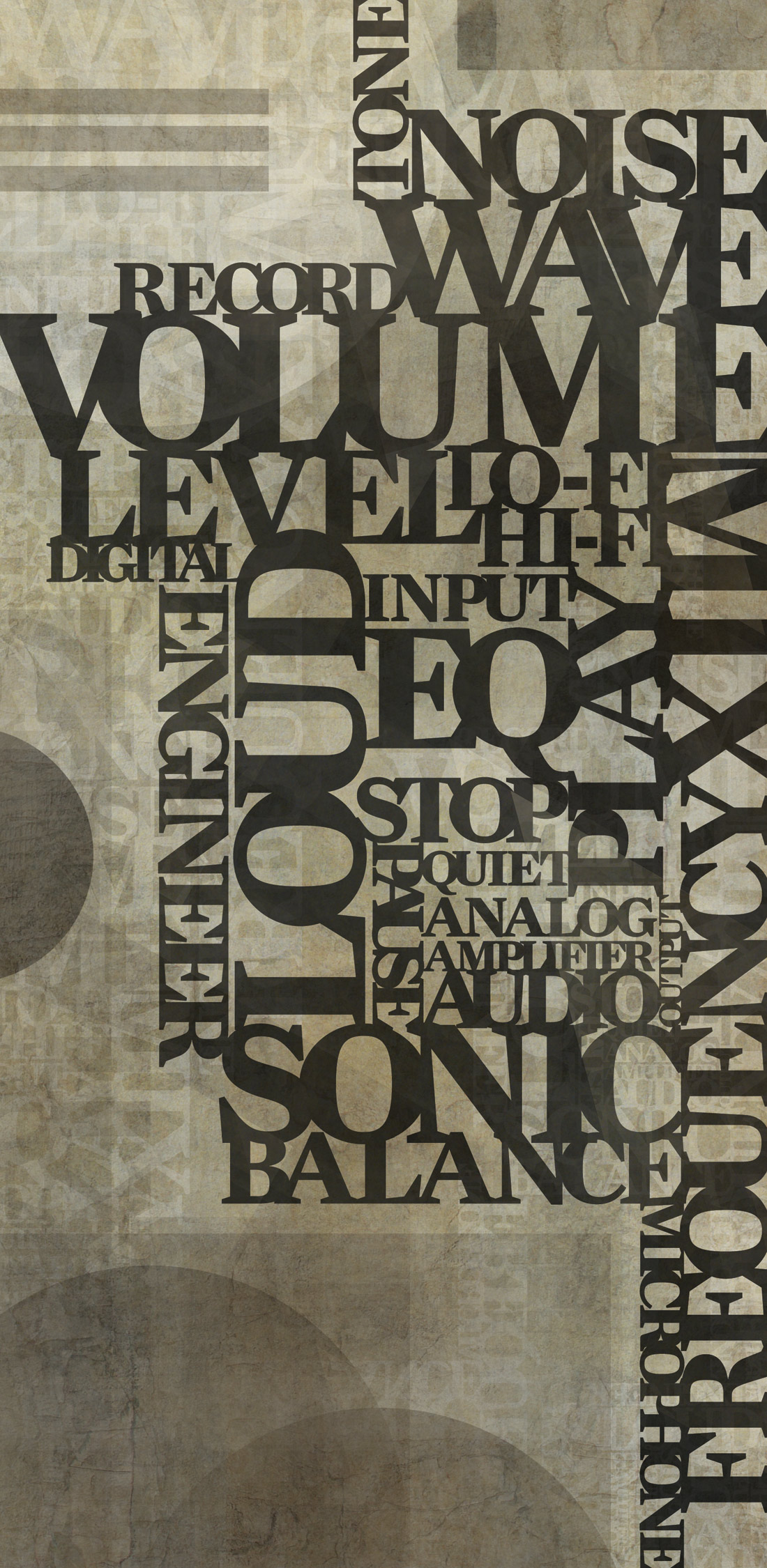Less than twelve months from the last major upgrade to their sequencing, composition, and performance DAW (Tape Op #67), the folks at Ableton are at it again with Live 8. This latest version has a number of new features, including a revamped approach to warping, enhanced warp algorithms, five new effects (plus a new live Looper), a broad selection of grooves which can be instantly applied to warped audio or MIDI clips, track grouping, and tons of other workflow enhancements.
But is it worth the upgrade fee? The least expensive downloadable upgrade will run Live users $249 (up $70 over version 7's upgrade price). To be fair, Ableton did drop the price on the standalone versions of Live 8 by $50, so it's more affordable than ever for first-time users to jump into Live. So, the question is, if you upgraded to 7 within the last nine months or so, is this latest upgrade a must-have? The answer, for me at least, is a definitive yes. While some of the tweaks and changes to Live's toolsets may seem modest on paper, in real-world practice, they are indispensable. I'll try to outline a few of the refinements that really stood out to me.
First, the primary change to the heart of Live, the warping engine, seems simple but makes a huge difference in efficiency and ease of use. Basically, the graphic concept of warping has been "flipped"; instead of manipulating the timeline around the clip (which, in previous versions, remained graphically static), one now adjusts events on the timeline and the clip snaps to the adjustment. This approach is more intuitive, and as soon as I had a grasp of the new keystrokes (hint-shift-click on warp markers to adjust transient placement), I found the workflow far better than previous versions of Live. Think of Pro Tools' Elastic Time feature, but with better implementation-and fewer artifacts! Additionally, Live now analyzes the clip and automagically generates transient handles for quick warping. I found the transient analysis to be deadly accurate with rhythmic sources. Furthermore, audio clips can be sliced to MIDI based on this transient analysis, and Ableton has upgraded the warping algorithms themselves, with noticeably improved sound. If you are in ADR or post work, or DJ, and you depend on software to accurately warp your mono or poly-phonic source audio, Live's warping is the gold standard.
Beyond the change to warping, the new effects were the next shiny thing that captured my attention. In particular, the Vocoder and Multiband Dynamics contained a world of depth and sound-sculpting possibilities. Vocoder has the ability to track the modulator source pitch as its carrier, which can get super insane on non-pitched sources (e.g., drums!). The adjustable bandpass filters (from 4 to 40 bands) and the unique choices of carrier signals make it easy to use this effect for far more than just the standard "robot voice". And the Multiband Dynamics effect allows for three bands of simultaneous downward and upward compression and expansion-six independent types of processing! It's easily the most intimidating of Live's effect sets, but an amazingly flexible tool. The manual is worth consulting on this one, as it contains a number of well-written real-world usage tips. I found this effect great for livening up dead drums using upward expansion as well as for a general mastering-style multiband compressor. The Looper is a fun new software implementation of a sound-on-sound loop pedal that can be MIDI controlled (think MIDI stomp pedal) and tempo-synched with any project; as of yet, I haven't had a chance to fully rock this one, but it looks really fun and potentially inspiring. A few other stellar features that made me happy: non-destructive crossfades in the arrangement view (finally!); a unique approach to track grouping that neatly saves screen real estate and increases the busing possibilities; waveform scrubbing in the browser window; and a huge improvement in the way Live users can assign plug-in parameters to hardware controllers. Users no longer have to scroll through dozens of parameters to find the one controller assignment they need-again, a small change that is a huge time saver.
I guess that sums up how this upgrade feels to me; it's a refinement of what came before-in the best possible sense of that word. I'd still like to see some further enhancements to the waveform editing (something like a multi-tool cursor option might be nice), but this is a minor gripe as Live continues to lead in territory that other DAWs haven't even begun to survey yet. Go get the demo and check it out for yourself! ($599 MSRP boxed; upgrades $189-$289; www.ableton.com)
Tape Op is a bi-monthly magazine devoted to the art of record making.




_disp_horizontal_bw.jpg)